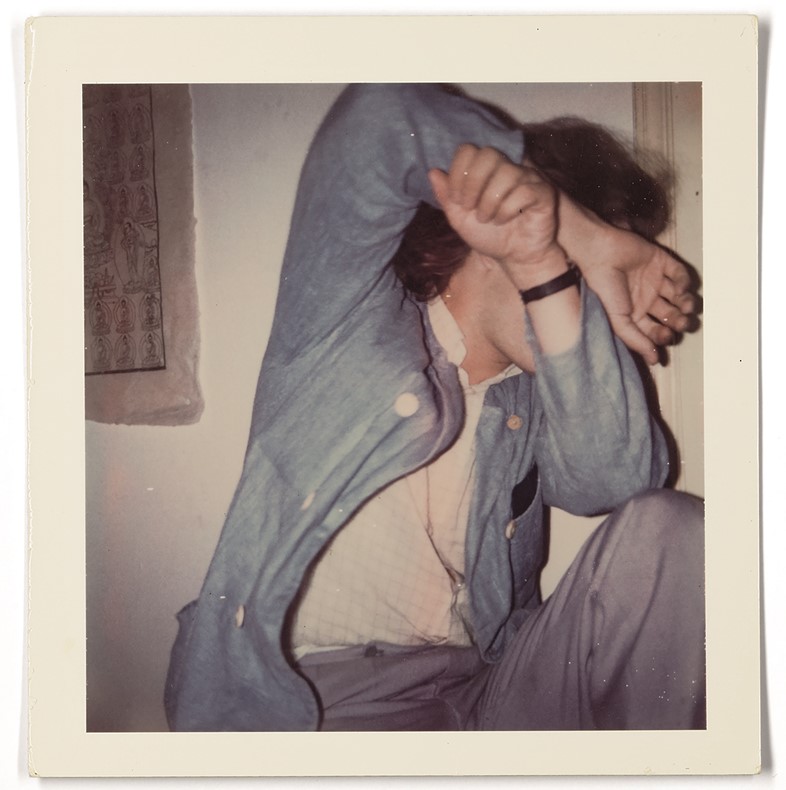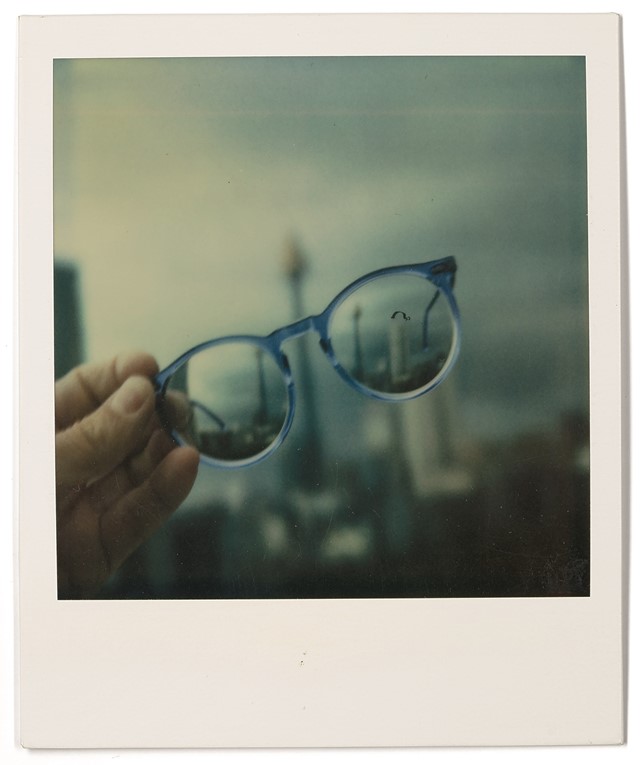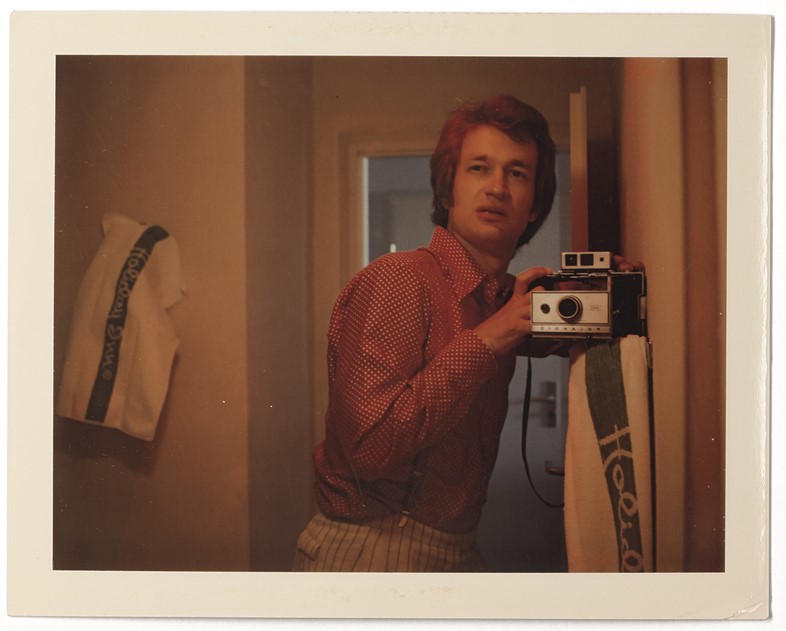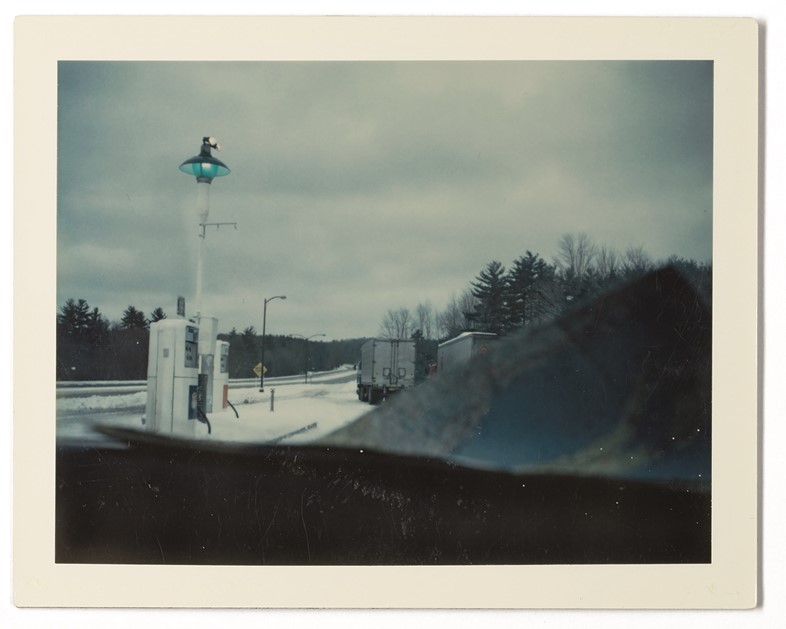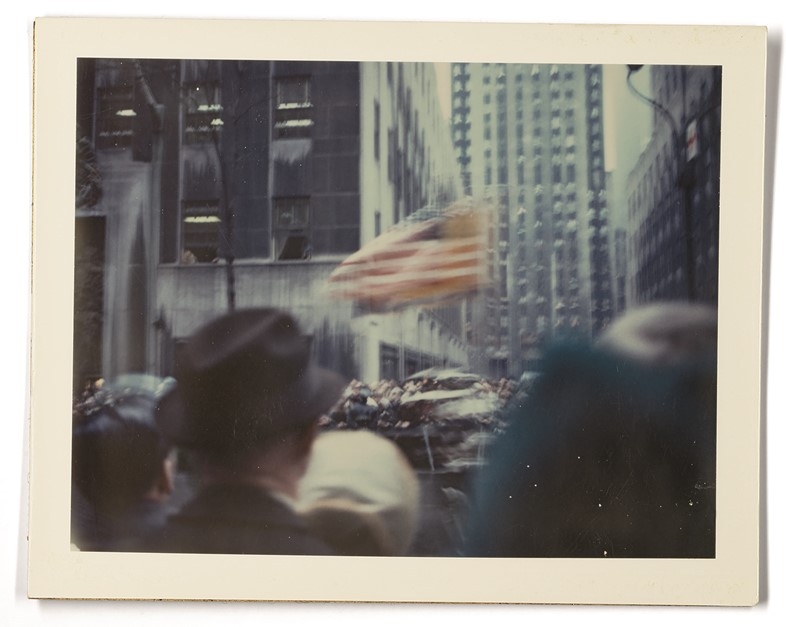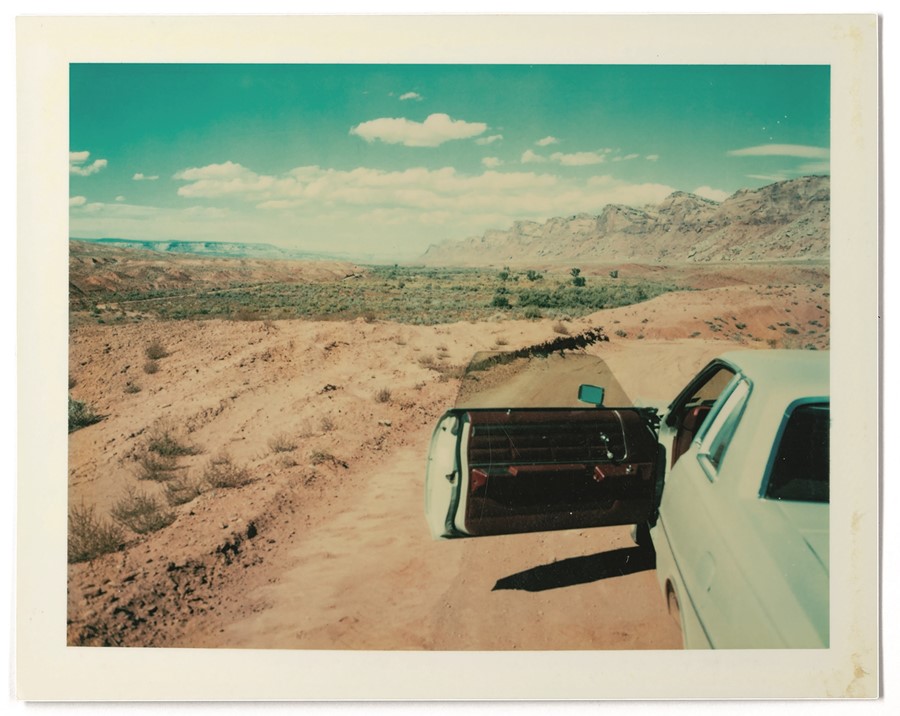As well as being a pioneer of New German Cinema and the celebrated filmmaker behind Paris, Texas (1984) and Wings of Desire (1987), Wim Wenders is also a prolific photographer, documenting vast, open roads and panoramic landscapes in his photography, too. But although his large-scale photographic works have been widely exhibited, it’s his personal and previously unseen collection of Polaroids, taken between the late 1960s and mid-80s, that have only just been brought to light thanks to a special exhibition at The Photographers’ Gallery, titled Intimate Stories.
Much like his peripatetic, Polaroid-obsessed protagonist in Alice in the Cities (1974), Wenders’ love for the Polaroid form stems from his early twenties, when he was exploring the medium while still fine-tuning his craft in film-making. From the age of around 20 to 35, Wenders used the Polaroid camera almost exclusively, treating it like a visual notebook and way of playfully testing out frames and ideas, which is felt in the images’ raw, unstudied quality. But it was also a way of taking a one-of-a-kind picture that was “not multipliable, not repeatable”, as Wenders comments.
Grouped under poetic titles such as Alice in Instant Wonderland, California Dreaming and Looking for America, the exhibition encompasses over 200 images of which each tiny frame, laden with an air of mystery and melancholy, invites you to come closer. They include behind-the-scenes portraits of cast and crew, such as intimate shots of Dennis Hopper taken during the making of The American Friend (1977), as well as visual recordings from his travels, like a hazy shot of New York skyscrapers through a pair of spectacles, sun-baked deserts and empty highways reminiscent of the opening scene in Paris, Texas and black and white shots of shop-fronts in his native Germany. There are also homages to other artists, like a shot of a supermarket aisle as a tongue-in-cheek reference to Andy Warhol’s Campbell’s soup cans.
“It was a little magic act each time – nothing more, nothing less,” Wenders writes in his artist’s book. “You couldn’t help feeling that you had stolen this image-object from the world. You had transferred a piece of the past into the present.” Together, the exhibition offers the feeling of a time capsule, a treasure trove of diaristic snippets that give us a rare opportunity to experience the world at that time through Wenders’ lyrical lens.
In an age of smartphones and filters, when photographs are taken to be edited and manipulated, Wenders’ preserved collection of Polaroids reminds us of their almost sacred quality, and the beauty of capturing a moment in its simplest form before it slips out of reach.
Instant Stories, Wim Wenders’ Polaroids runs until February 11, 2018. Visit Nowness to watch an exclusive interview with Wenders about Polaroid photography.
